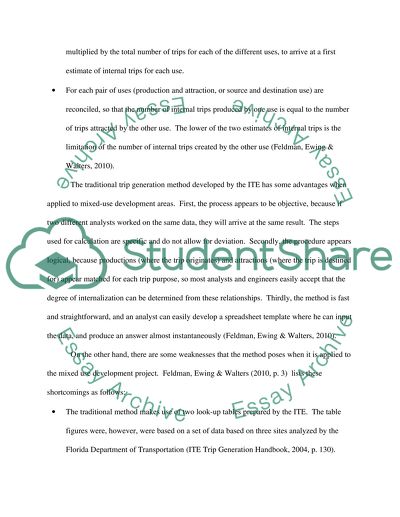Cite this document
(Urban Transportation Problems Assignment Example | Topics and Well Written Essays - 2000 words, n.d.)
Urban Transportation Problems Assignment Example | Topics and Well Written Essays - 2000 words. Retrieved from https://studentshare.org/technology/1572202-urban-transportation-problems
Urban Transportation Problems Assignment Example | Topics and Well Written Essays - 2000 words. Retrieved from https://studentshare.org/technology/1572202-urban-transportation-problems
(Urban Transportation Problems Assignment Example | Topics and Well Written Essays - 2000 Words)
Urban Transportation Problems Assignment Example | Topics and Well Written Essays - 2000 Words. https://studentshare.org/technology/1572202-urban-transportation-problems.
Urban Transportation Problems Assignment Example | Topics and Well Written Essays - 2000 Words. https://studentshare.org/technology/1572202-urban-transportation-problems.
“Urban Transportation Problems Assignment Example | Topics and Well Written Essays - 2000 Words”, n.d. https://studentshare.org/technology/1572202-urban-transportation-problems.


